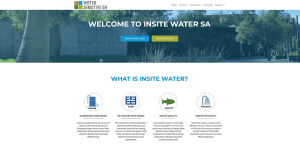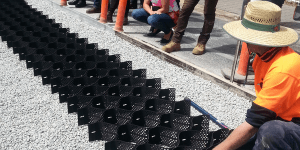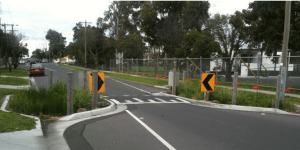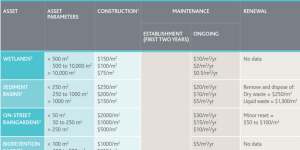Acknowledgement of Country
Water Sensitive SA acknowledges Aboriginal people as the First Peoples and Nations of the lands and waters we live and work upon, and we pay our respects to their Elders past, present and emerging. We acknowledge and respect the deep spiritual connection and the relationship that Aboriginal and Torres Strait Islander people have to Country.










